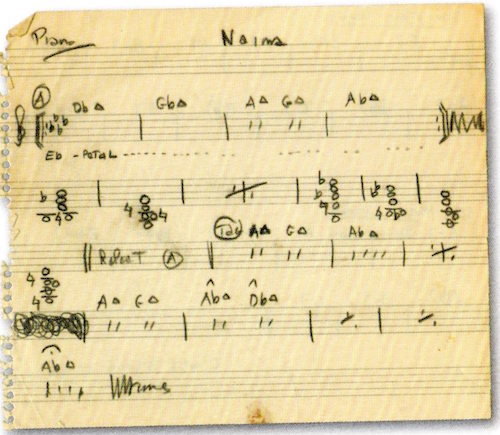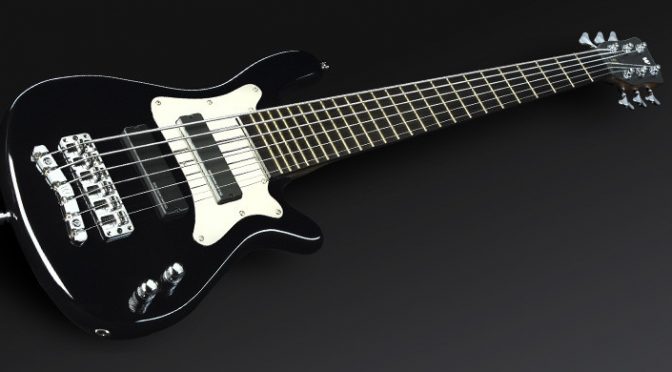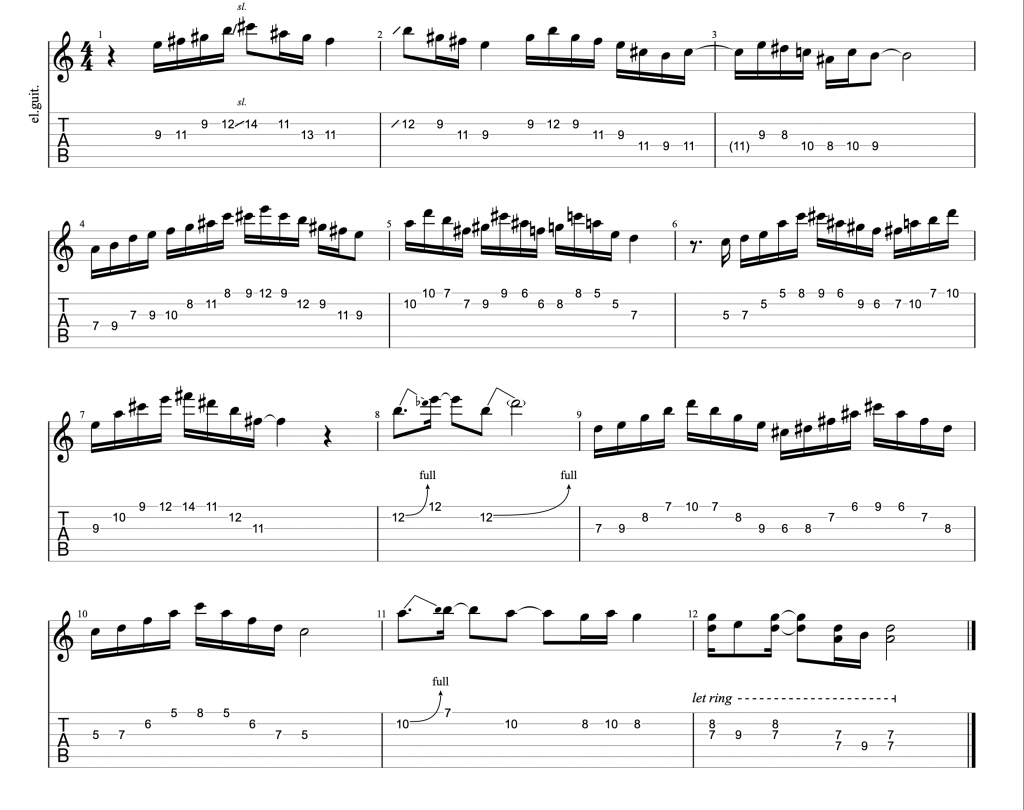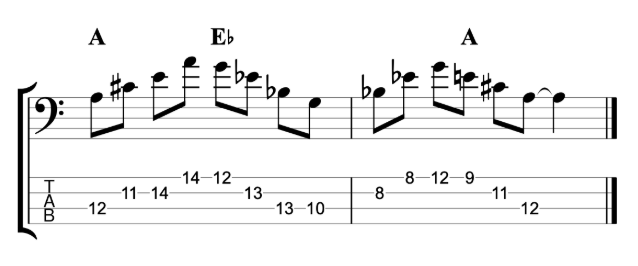Naima by John Coltrane: Chords on 6-String Bass – Bass Practice Diary – 21st July 2020
Naima is one of my favourite jazz compositions (I have a lot of favourite jazz compositions). I know that a lot of other musicians feel the same way about Naima, because it has an incredibly beautiful and unusual chord progression. It comes from the John Coltrane’s Giant Steps album, which I’ve featured before in my Bass Practice Diary. It was recorded in 1959, the same year as Kind of Blue, and it stands alongside that album as one of the iconic jazz albums of the 20th century.
However, Naima is not the type of composition that most people would associate with that album. Giant Steps tends to be remembered for it’s burning fast bop tunes with furiously fast key changes like the title track and Countdown. Naima is a slow ballad that Coltrane played many times, and I think many people forget that it originally featured on the Giant Steps album. However, Naima does have something in common with those other tunes I mentioned, it has an incredibly innovative chord progression.
Naima Chords
A long time ago I set myself the challenge of arranging these incredible chords on my 6-string bass. I quickly realised that I needed to change the key to get the chords in the B section to work well. The reason being, that there’s a chord in the B section with the melody note Db. The highest fretted note on a 24 fret 6-string bass is C, one semi-tone too low. So, to voice the chord accurately, you need to play the top note way down on the 13th fret of the 1st string. It isn’t wrong to do that, but it just doesn’t sound very good.
So, to make it sound better, I transposed everything down a semi-tone. I played that top note as a C on the 24th fret of the first string. An extra advantage of transposing was that I could use the open A string as the bass note, instead of the Bb in the original key. When I play Naima I also tune my E-string down to a D. I use the open string to play the peddled bass note in the A section. If you want to transpose my arrangement into the original key, then you could tune your bass up a semi-tone.
When you see Naima written in books, you normally see the chord progression in the A section written something like this.
||: Bm7/Eb | Em7 | Amaj7+5/Eb – Gmaj7+5/Eb | Abmaj7/Eb :||
Then the B section is usually written like this.
Bmaj7/Bb | Bb7b9 | Bmaj7/Bb | Bb7b9 |
Bm maj7/Bb | Bmaj7/Bb | Abmaj7/Bb | Emaj7#11/Bb
Changes similar to these feature in the jazz Real Books and the Coltrane Omnibook. I even found them on Naima’s wikipedia page (which I thought was unusual!)
The Major 7th Chords Trick
I’ve never found these Real Book chords helpful. I worked out by ear that you could create the sound of Naima by moving major 7th chords around over the pedalled bass notes. I do understand that when you change the bass note, you change the chord. So, a lot of these chords don’t function as major 7th chords. I gave the example in the video that when you play an Fmaj7 chord over a D bass note, you get the sound of Dm9.
Recently, I was playing Naima with a Saxophonist, and we were using the Real Book chord changes. I mentioned to him that I’ve always thought of the tune as being entirely made up of major 7th chords over pedalled bass notes. He told me that a scrap of paper had been discovered with John Coltrane’s handwritten chords for Naima. They were written out for Tommy Flanagan, the pianist on the original recording. Coltrane had written every chord as a major seventh chord.
I wasn’t sure I believed that this piece of paper really existed. I wanted to believe it, because it tied my way of thinking about the tune to Coltrane’s way of thinking about the tune. But, if such a piece of paper existed, then why do all the books and publications still stick with this unnecessarily complicated way of writing out the harmony? So, today I did some research to see if there was any legitimacy to the story. This is what I found.

It just goes to show the power that the jazz Real Books have had in defining how we think about jazz standards. Once a tune is written in the Real Book. The Real Book chord changes become the definitive chord changes that everyone uses. But often, the changes in the Real Books are very different to actual chord changes.
How I Play the Chords on 6-String Bass
This is how I’ve arranged the chords on my 6-string bass. I can’t pretend that this is 100% like either the Real Book changes or the Coltrane changes. It’s simply the best way that I’ve found to recreate the sound of Naima on a bass guitar.















































